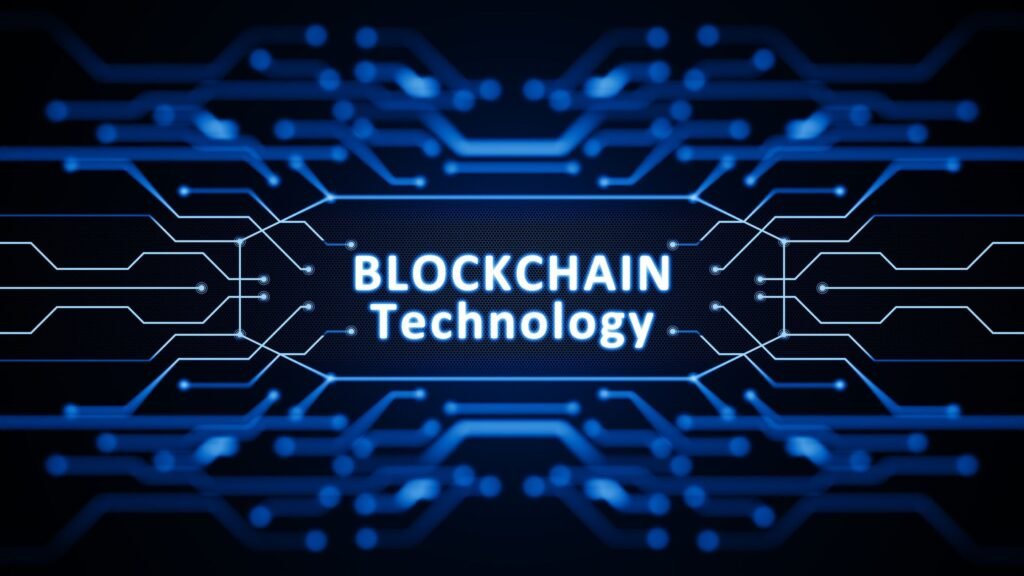Blockchain technology is a decentralized, peer-to-peer distributed ledger system that ensures transparent and tamper-proof records of digital assets. Operating without intermediaries or third parties, it has garnered significant attention due to its potential to minimize fraud and associated risks effectively. So, what sets blockchain apart as a decentralized peer-to-peer network compared to traditional centralized systems? Decentralized networks provide numerous advantages over centralized ones, including enhanced reliability and privacy. They are generally easier to scale and lack single points of failure. The strength of blockchain lies in its shared communication and distributed processing capabilities. This peer-to-peer architecture increases security and offers protection against malicious activities, as any alterations require the consensus of a majority within the distributed network.
Key Attributes of Blockchain Technology
Distributed Ledger Technology – The distributed ledger is made accessible to all participants within the network and comprises a tamper-proof record of all transactions. This collaborative ledger significantly reduces the necessity for multiple entries, which are often a burden in conventional business networks.
Immutable Records
Once a transaction is entered into the shared ledger, any participant cannot modify or alter it. If a transaction contains an error, it must be re-recorded to make the necessary corrections, making both the original transaction and the corrected entry visible.
Smart Contracts
Smart contracts are predefined rules stored within the blockchain that execute automatically, streamlining the transaction process. These contracts effectively outline the terms and conditions of transactions.
The Significance of Blockchain
Information is essential to FUN’s operations’ success, acting as our business’s foundation. Enhanced access to information facilitates quicker and more accurate workflows. Blockchain is an ideal solution for storing and retrieving crucial data, as it allows immediate, shared, and transparent access to an unchangeable ledger that is strictly limited to authorized network members. Our Blockchain network can track various aspects, including orders, payments, and production processes. Because all members operate from a unified perspective of the truth, you can monitor every detail of each transaction from start to finish. This transparency fosters greater confidence among members and paves the way for new opportunities.

Key Components of the Blockchain Framework
Transaction: At the heart of any blockchain system lies the transaction, which is its fundamental unit. Transactions can be viewed as a blend of inputs and outputs. By analyzing these components alongside any applicable fees, we can determine the balance of users’ wallets before and after a transaction.
Wallet: In the realm of blockchain, a wallet represents an individual’s digital identity. This identity encompasses various elements such as wallets, keys, and addresses. A wallet address provides a distinct identifier for each wallet. The private key acts as a confidential access code, allowing holders to withdraw Bitty from their Bitty Wallet. In contrast, the public key can be shared publicly but does not allow for spending Bitty.
Signature: Digital signatures, a cornerstone of blockchain security, are crucial in confirming transactions and establishing ownership. Each transaction on the blockchain is authenticated through these signatures, ensuring the integrity and security of the network.
Memory Pool: Before transactions are recorded onto the blockchain, they must first be stored in what is known as the memory pool, or mempool. This is a temporary holding area where transactions await processing. Since the blockchain can only handle a limited volume of information at any given time, the mempool also serves as a crucial repository for managing any accumulated transaction backlog.
Network: The blockchain operates through a decentralized peer-to-peer network, fostering operations without intermediaries. This framework is based on two primary concepts: a peer-to-peer computer network that facilitates information sharing between members and a distributed network that enables data to be dispersed across multiple participants.
Consensus: The blockchain’s decision-making process is called consensus. While consensus is an overarching idea, it is realized through various algorithms. Several methodologies exist for achieving consensus, including Proof of Stake and Delegated Byzantine Fault Tolerance, which are specific consensus algorithms.
Hashing: Think of hashing as a unique fingerprint for users within the system. The hashing process, a key technical aspect of blockchain, involves a Proof of Work miner repeatedly searching for a valid signature. This entails feeding random strings of digits into a hashing algorithm until the desired outcome is achieved.
